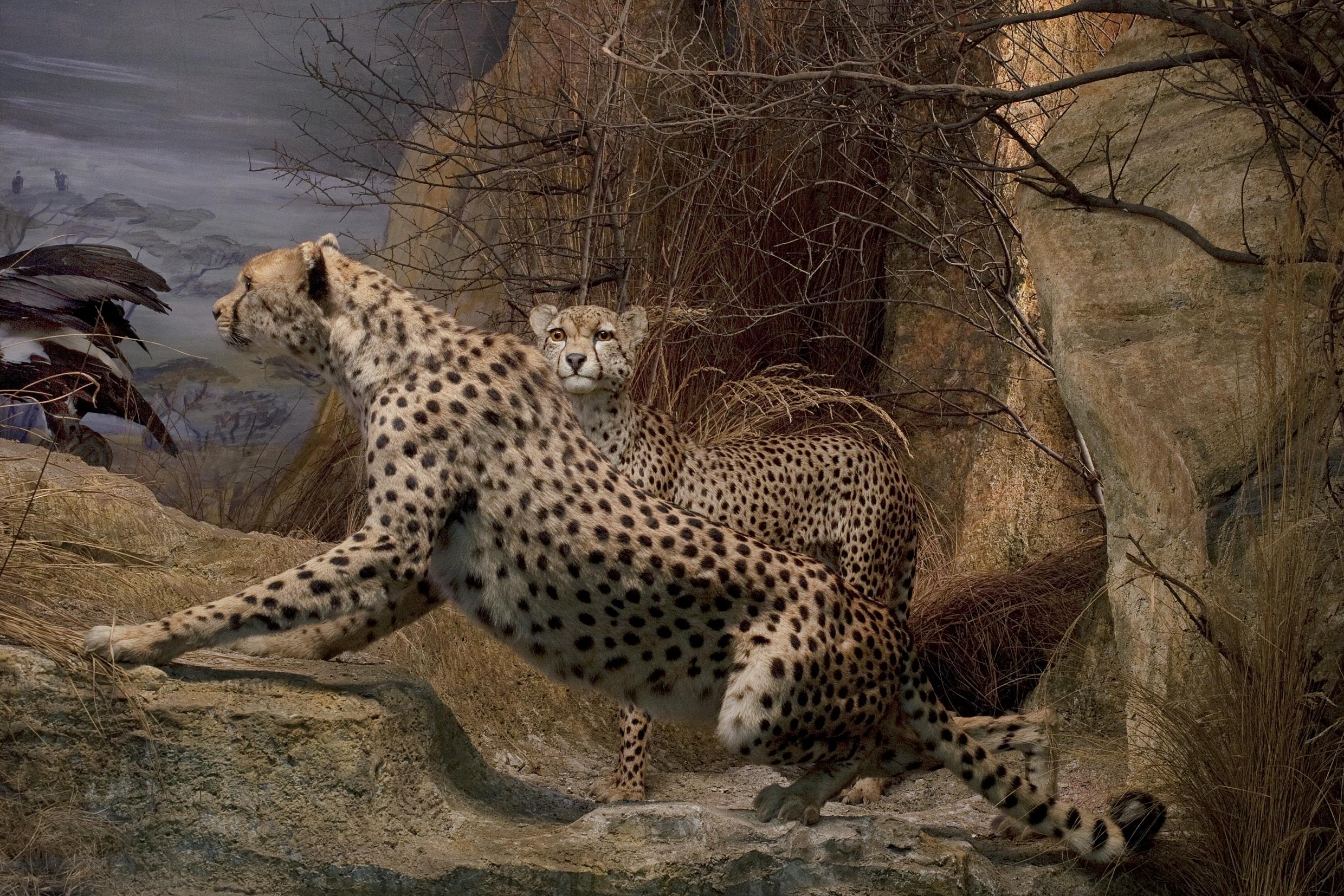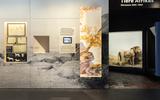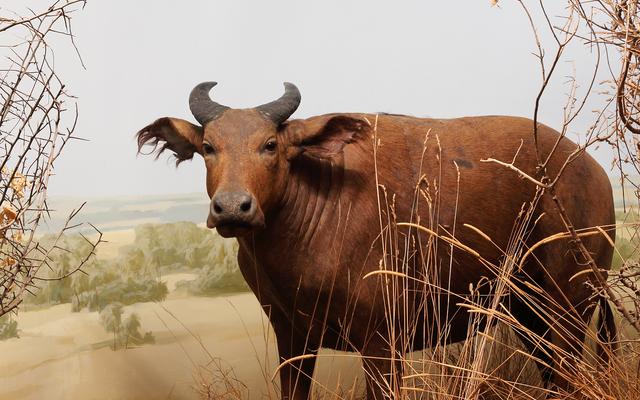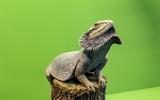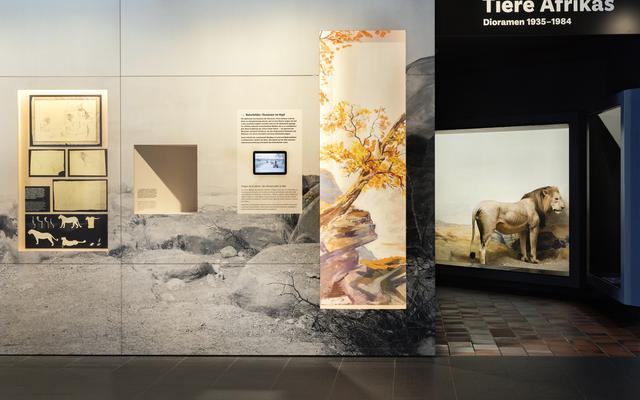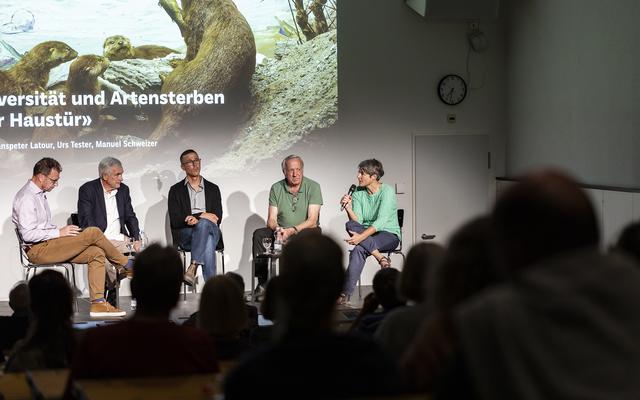The collection of large African animals is an integral part of the Museum's history. The building in Bernastrasse that houses the Museum today was built by the Burgher Community of Bern especially to display the over one hundred animals which big game hunter Bernard von Wattenwyl had shot in the course of two hunting safaris to East Africa in 1923-24. The collection is also closely tied up with the gripping story of Vivienne von Wattenwyl, who was just twenty-four when her father (having already bagged eighteen lions) was fatally injured by the nineteenth. The young woman continued with the safari regardless, even going on to claim a male white rhino as a trophy of her own. Vivienne wrote about her experiences in two books which were received enthusiastically by readers including Ernest Hemingway. Her story also forms the basis of the historical novel «Die Tochter des Jägers» (The Hunter's Daughter) by Swiss author Lukas Hartmann.
When they were created in the 1930s, dioramas were considered state-of-the-art in the art of zoological taxidermy and exhibition, but the form of presentation has become outdated. Today we know more than ever that dioramas are not precise representations of reality, but also interpretations and stagings of their creators. And often the composition was quite pragmatically dependent on the availability of objects and on the space available. Sometimes they show groups of animals that do not occur side by side in nature.
The exhibition not only wants to convey that the nature pictures were often more idyllic than reality even at the time of their creation. The historical context is also reappraised. For example, a large part of the "Animals of Africa" originates from the British-occupied areas of East Africa Kenya/Uganda. Vivienne von Wattenwyl and her father Bernard sometimes profited from colonial structures, i.e. from the exploitation of the knowledge and labor of the local population. To this day, hunting for animal trophies has a tradition on the African continent. It is controversially discussed: There are countless conflicts of interest and the line between protecting and benefiting nature is narrow.
In addition to a detailed entrance area with digital photo albums, visitors will find additional information at each diorama. The labels not only provide classic information such as the name or endangerment status of an animal, but also additional aspects that are worth knowing, such as the loss of species and the destruction of habitats.
